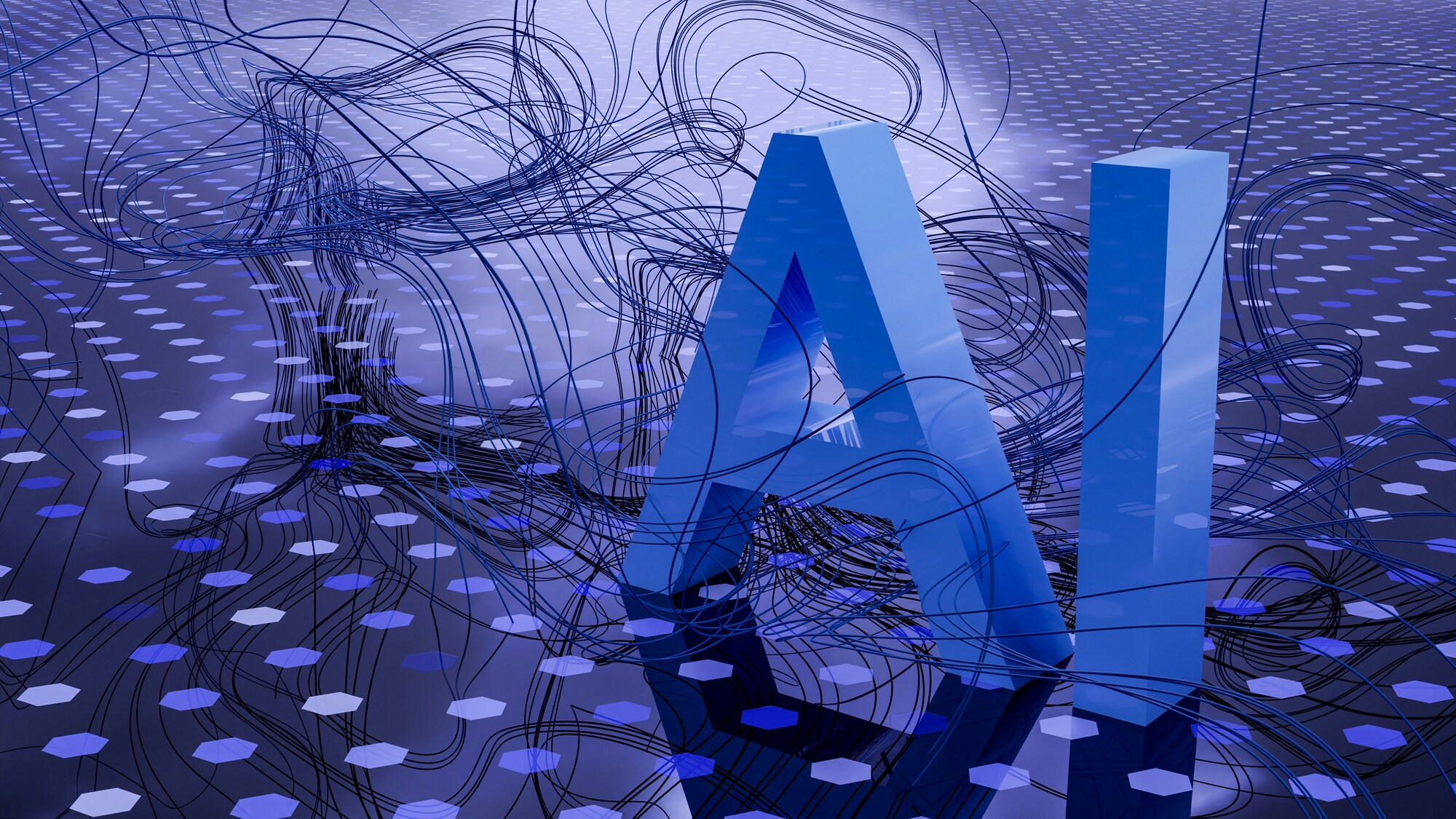The advent of AI-Generated Content has transformed the landscape of information creation and consumption. As we delve into this digital renaissance, we also witness the rapid progression of technologies like deepfakes, reshaping our understanding of authenticity and trust in media. In this article, we will explore the nuances of both phenomena and their implications in our society.
The Rise of AI-Generated Content
Artificial intelligence has made significant strides in recent years, leading to astounding achievements in AI-Generated Content. From journalism to creative writing and even visual arts, AI is redefining the bounds of creativity. Here are some key points highlighting the evolution of AI in content generation:
- Speed: AI can produce content at a lightning pace, enabling the creation of articles, blogs, and reports much quicker than a human could.
- Scalability: Companies can generate vast amounts of content to meet the growing demand without needing corresponding increases in manpower.
- Cost-effective: Utilizing AI tools can significantly reduce operational costs associated with hiring a large team of human writers.
This rapid facilitation of AI-Generated Content poses several challenges alongside its advantages. Ethical concerns arise regarding the authenticity and originality of generated material, with debates surrounding plagiarism and intellectual property intensifying. Moreover, the risk of misinformation has magnified, as algorithms learn to mimic styles and tones of existing content, making it increasingly difficult to distinguish fact from fiction.
Deepfake Evolution: A Double-Edged Sword
As we embrace these technological advancements, we must also confront the emergence of deepfake technology. Deepfakes, which utilize AI to create realistic but entirely fabricated audio and video, have progressed significantly due to enhanced machine learning algorithms. The evolution of this technology brings both exciting possibilities and dire threats:
- Entertainment: In cinema and video games, deepfake technology can resurrect actors for new roles or create realistic animations, enriching storytelling experiences.
- Accessibility: Individuals can utilize deepfake tools for creative self-expression, making personal media projects more engaging and innovative.
- Concerns: On the darker side, the potential for deepfakes to spread misinformation or damage reputations is alarming, as malicious actors could create harmful content that undermines trust in legitimate media.
The juxtaposition of its advantages and risks signifies that deepfake evolution is not a phenomenon to be taken lightly. Policymakers and technology companies must collaborate to establish ethical guidelines that mitigate misuse while harnessing the remarkable potential for creativity and expression.
The Intersection of AI-Generated Content and Deepfake Technology
As AI-Generated Content and deepfake evolution Continue to coexist, their interplay invites both innovation and caution. Different sectors are already seeing this amalgamation in various capacities:
- Advertising: Brands are employing AI to generate tailored content while simultaneously using deepfake technology to produce engaging visual advertisements.
- Education: Learning platforms leverage AI-generated interactive content alongside deepfake simulations to enhance the educational experience.
- Social Media: Users create entertaining deepfake videos powered by AI-generated scripts that have captivated millions across platforms like TikTok and Facebook.
While these intersections provide a glimpse into the unlimited creativity possible through the fusion of these technologies, the shadow of ethical considerations cannot be overlooked. For instance, when posting AI-generated deepfake content, individuals often must consider who owns the rights to this material, the potential for misrepresentation, and the risk of contributing to misinformation.
Navigating the Future
In light of these developments, what does the future hold for the realms of AI-Generated Content and deepfake evolution? Here are a few trends that may shape our path:
- Increased Regulation: As the use of these technologies proliferates, we can expect legislative measures aimed at restricting their misuse and defining ethical guidelines.
- Technological Safeguards: Developers are likely to design AI systems equipped with protective measures to identify and flag misleading content.
- Public Awareness: Heightened education around the potential risks and benefits of these technologies will be essential in fostering informed usage.
In conclusion, while the advancements in AI-Generated Content and deepfake evolution herald exhilarating opportunities, they also necessitate vigilant scrutiny. As we navigate this uncharted digital landscape, striking a balance between innovation and integrity will be crucial. The key lies not only in harnessing these technologies for creativity but also in preserving the values of authenticity, trust, and responsible creation in our increasingly interconnected world.
